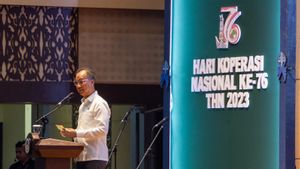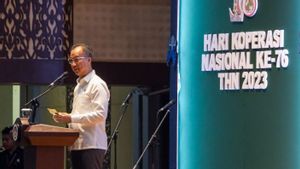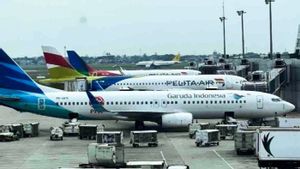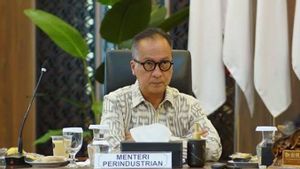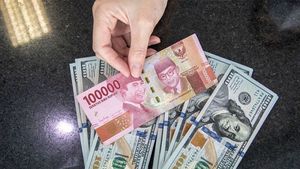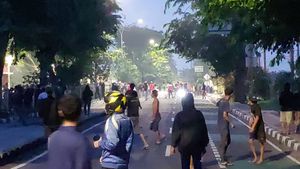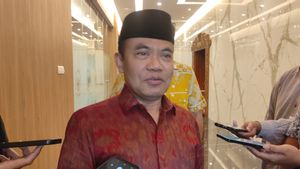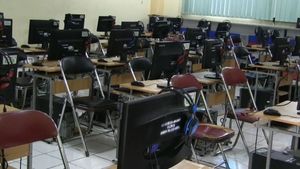JAKARTA - Indonesia targets to become a tough industrial country by 2035. To achieve this vision, the growth of the non-oil and gas processing sector is targeted to reach 6.4 percent and the industrial contribution to GDP by 19.2 percent by 2025.
Not only that, another indicator that is targeted to achieve the vision of a tough industrial country is the number of workers in the non-oil and gas processing industry sector by 22.6 million people, the percentage of the number of workers in the non-oil and gas processing industry sector to total workers by 15.7 percent, and the productivity of the non-oil and gas processing sector by Rp128.4 million per person.
"These targets are not easy to achieve, so it takes breakthrough programs and work steps that can accelerate the development of productive, competent, and global competitive industrial resources (HR) in the current era of digital transformation," said Minister of Industry (Menperin) Agus Gumiwang Kartasasmita in Jakarta, Thursday, July 27.
Minister of Industry Agus emphasized the importance of the availability of industrial human resources that have high productivity, not only from skills, but also from good work culture.
"One of the things that must be considered is productivity. With the working hours of cooperation carried out by workers in other countries, we must be able to create better products," he said.
In order to support the provision of competent industrial human resources, the Ministry of Industry has also prepared infrastructure and infrastructure to implement industrial human resources development programs through 11 Polytechnics, two Community Academys, nine industrial vocational schools, and seven Industrial Education and Training Centers.
"In addition, there is also the Indonesian Digital Industry Center (PIDI) 4.0 which offers services to assist the industry in the digital transformation process," he said.
Overall or 100 percent, graduates from the vocational education unit under the Ministry of Industry are immediately accepted for work in the industrial sector. This means that in terms of quality, the Ministry of Industry's vocational education unit is very good. However, currently what needs to be boosted is the side of increasing the number or quantity.
This is because the average addition of labor needs in the industrial sector is 600-700 thousand per person. This also shows that the manufacturing sector is increasingly active, not experiencing deindustrialization, due to increased labor absorption.
VOIR éGALEMENT:
Therefore, in an effort to spur the productivity of national manufacturing industry human resources so that they can be globally competitive, it is necessary to pay attention to technological developments and also dynamics in the international community.
"So, we have to be able to adapt to the paradigm from time to time that is growing, for example, regarding renewable energy and digitization, to get to a green product," he said.
Furthermore, Agus also hopes that the Ministry of Industry's Agency for Industrial Human Resources Development (BPSDMI) can improve the competence of existing schools, so that they can improve the quality and quantity of graduates so that they can be accepted in industries that are outside the country.
"If necessary, BPSDMI must be able to target that our education unit has a competency certificate equivalent to educational units abroad, so that graduates can be viewed equally," he concluded.
The English, Chinese, Japanese, Arabic, and French versions are automatically generated by the AI. So there may still be inaccuracies in translating, please always see Indonesian as our main language. (system supported by DigitalSiber.id)




